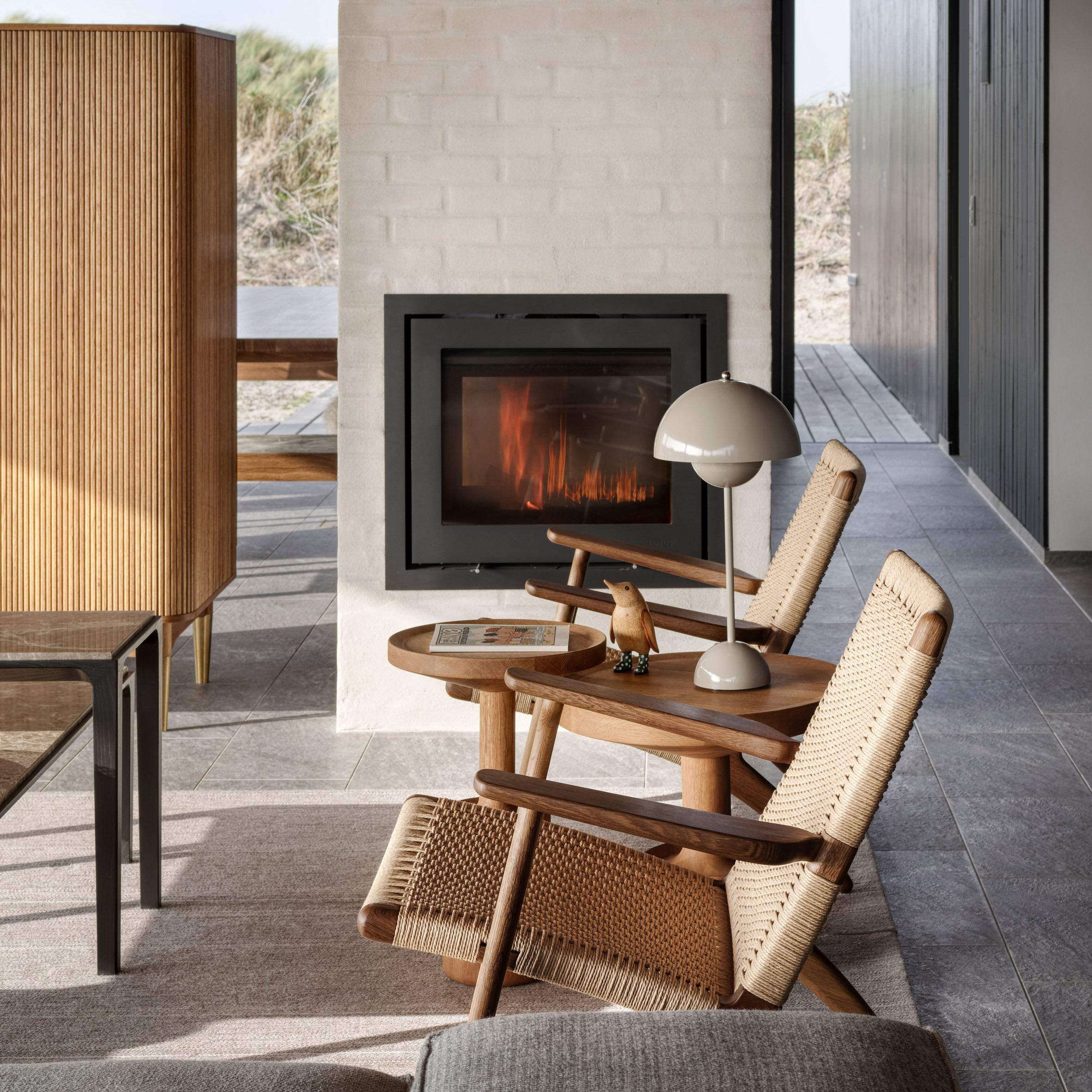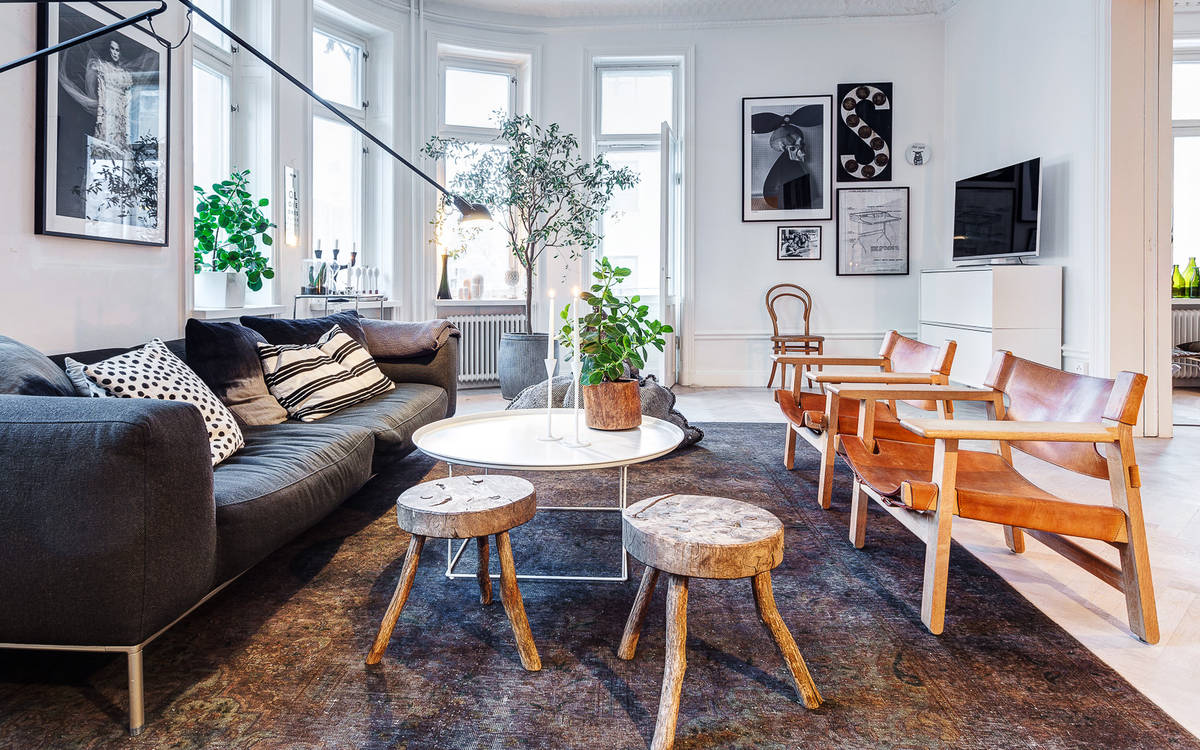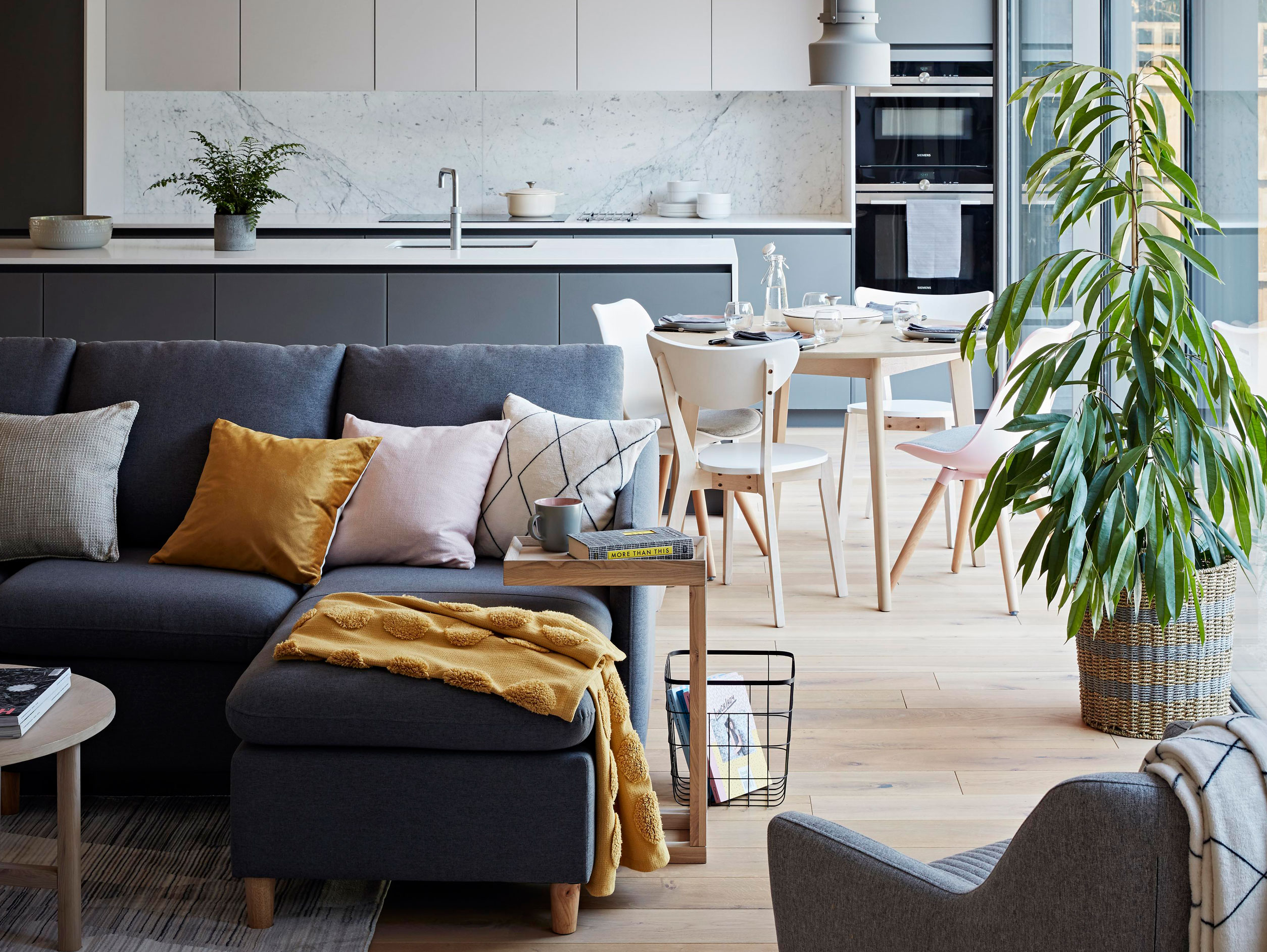Danish style home decor, often associated with the term “hygge,” encapsulates the essence of comfort, minimalism, and functionality. This design ethos prioritizes a harmonious blend of aesthetics and practicality, making it a beloved choice for many homeowners globally. In this article, we will explore the key elements of Danish decor, delve into its history, weigh its pros and cons, and provide actionable tips for integrating this captivating style into your home.
Understanding Danish Style Home Decor
Before we dive into the intricacies of Danish style decor, it’s essential to understand what sets it apart from other design styles. Danish decor emphasizes simplicity, clean lines, and natural materials, reflecting the Nordic environment’s beauty. I remember when I first stumbled upon this design style during a visit to Denmark; the warmth and tranquility of each space left a lasting impression on me. Let’s break down the core components.
Key Characteristics of Danish Style Decor
- Minimalism: Clean lines and uncluttered spaces are hallmarks of Danish design.
- Natural Materials: Wood, wool, and stone are commonly used, promoting a connection to nature.
- Functional Furniture: Each piece serves a purpose, often designed for comfort and usability.
- Neutral Color Palettes: Soft whites, grays, and earth tones set a calm atmosphere.
- Warmth and Coziness: The concept of hygge plays a pivotal role, focusing on creating a comforting and welcoming environment.

The Origins of Danish Design
Danish design traces back to the early 20th century, heavily influenced by the Bauhaus movement and the functionalist approach. Designers like Hans Wegner and Arne Jacobsen pioneered this movement, emphasizing simplicity and craftsmanship. As I delved into this rich history, I found it fascinating how deeply cultural and practical considerations shaped the aesthetic we know today.

Historical Context
The post-World War II era witnessed a surge in Danish furniture design, as the country aimed to rebuild and redefine its identity. The mid-century modern movement further propelled Danish decor into the global spotlight. Today, it remains a beacon of design philosophy, influencing trends worldwide.

Core Elements of Danish Style Home Decor
1. Color Schemes

Neutral colors reign supreme in Danish decor. Think whites, beiges, soft grays, and muted pastels. These colors create an airy feel, which I find incredibly soothing. Here’s a quick comparison of popular color schemes used in various decor styles:
| Style | Color Palette | Vibe |
|---|---|---|
| Danish Style | Whites, Grays, Earthy Tones | Calm, Inviting |
| Bohemian | Vibrant Colors, Patterns | Eclectic, Lively |
| Industrial | Dark Greys, Blacks | Raw, Edgy |

2. Natural Light
Maximizing natural light is crucial in Danish homes. Large windows are common, allowing sunlight to flood living spaces. I’ve often noticed how a well-lit room can transform the atmosphere, making it feel more spacious and inviting.

3. Furniture Selection
Furniture in Danish design is typically functional and stylish. Look for pieces that blend comfort with aesthetic appeal. Iconic items like the “Egg Chair” and “Wishbone Chair” remain popular choices. When choosing furniture, I recommend considering both form and function, leading to a harmonious living space.

4. Textiles and Fabrics
Textiles play a vital role in adding warmth and texture to Danish decor. From cozy throws to plush rugs, these elements enhance comfort. Natural fibers, such as cotton and wool, are preferred due to their durability and softness.
5. Accessories and Decor
Less is more when it comes to accessories. Select a few statement pieces, such as vases or artwork, that resonate with you. Personal touches are key to creating a space that feels uniquely yours, as I learned from my own home decorating journey.
How to Implement Danish Style in Your Home
Incorporating Danish decor into your home doesn’t have to be overwhelming. Here’s a step-by-step guide to help you achieve that coveted Nordic look.
Step 1: Declutter Your Space
Start by decluttering your home. Remove any items that don’t serve a purpose or bring you joy. Danish decor thrives in uncluttered spaces, so focus on creating a serene environment.
Step 2: Choose a Neutral Color Palette
Paint your walls in soft, neutral shades. If you’re feeling bold, consider an accent wall but keep it within the same color family. Light colors not only brighten the room but also create an illusion of space.
Step 3: Invest in Quality Furniture
Opt for timeless, quality furniture pieces that offer functionality. Mid-century modern furniture embodies Danish design principles. Look for pieces that are both aesthetic and comfortable, providing a perfect blend.
Top Danish Furniture Brands to Consider:
- Fritz Hansen
- Hay
- Muuto
- GUBI
- Normann Copenhagen
Step 4: Incorporate Natural Elements
Bring the outdoors inside by adding plants and natural wood accents. This not only enhances the aesthetic but also contributes to the calming effect of your space.
Step 5: Add Warm Textiles
Layer your space with comfortable textiles. Incorporate soft throws, plush cushions, and rugs to create a cozy atmosphere that invites relaxation.
Pros and Cons of Danish Style Home Decor
Like any design style, Danish decor has its advantages and disadvantages. Here’s a closer look:
Pros
- Timeless Appeal: Danish design never goes out of style, ensuring your investment lasts.
- Functional Spaces: Emphasizes practicality, making everyday life easier.
- Cozy Atmosphere: The focus on hygge creates warm, inviting environments.
- Natural Elements: Promotes a healthy living space through the use of organic materials.
Cons
- Cost: Authentic pieces can be pricey, though investing in quality pays off.
- Potentially Uninviting: An overly minimalist approach might feel stark rather than cozy.
- Maintenance: Natural materials can require more upkeep than synthetic alternatives.
Frequently Asked Questions (FAQs)
What is the difference between Danish and Scandinavian design?
Danish design is a subset of Scandinavian design, specifically reflecting Denmark’s cultural and aesthetic preferences. While both share minimalism and functionality, Danish design tends to focus more on warmth and comfort.
How can I achieve a Danish style on a budget?
Consider thrift shopping for vintage pieces, DIY furniture makeovers, and layering inexpensive textiles. Small changes can significantly impact your space without breaking the bank.
Is Danish design suitable for small spaces?
Absolutely! Danish design focuses on functionality and can help maximize space. Using multifunctional furniture and a neutral color palette can make your small space feel larger and more inviting.
Can I mix Danish decor with other styles?
Yes, mixing styles can create a personalized aesthetic. Just ensure that the elements you combine complement each other in terms of color and form.
Conclusion
Danish style home decor is more than just an aesthetic choice; it’s a philosophy that invites comfort and simplicity into our lives. By understanding its principles and implementing them thoughtfully in your home, you can create a serene environment that reflects your personality while embracing the beauty of minimalist design. I hope this comprehensive guide inspires you to explore and transform your space into a haven of hygge.